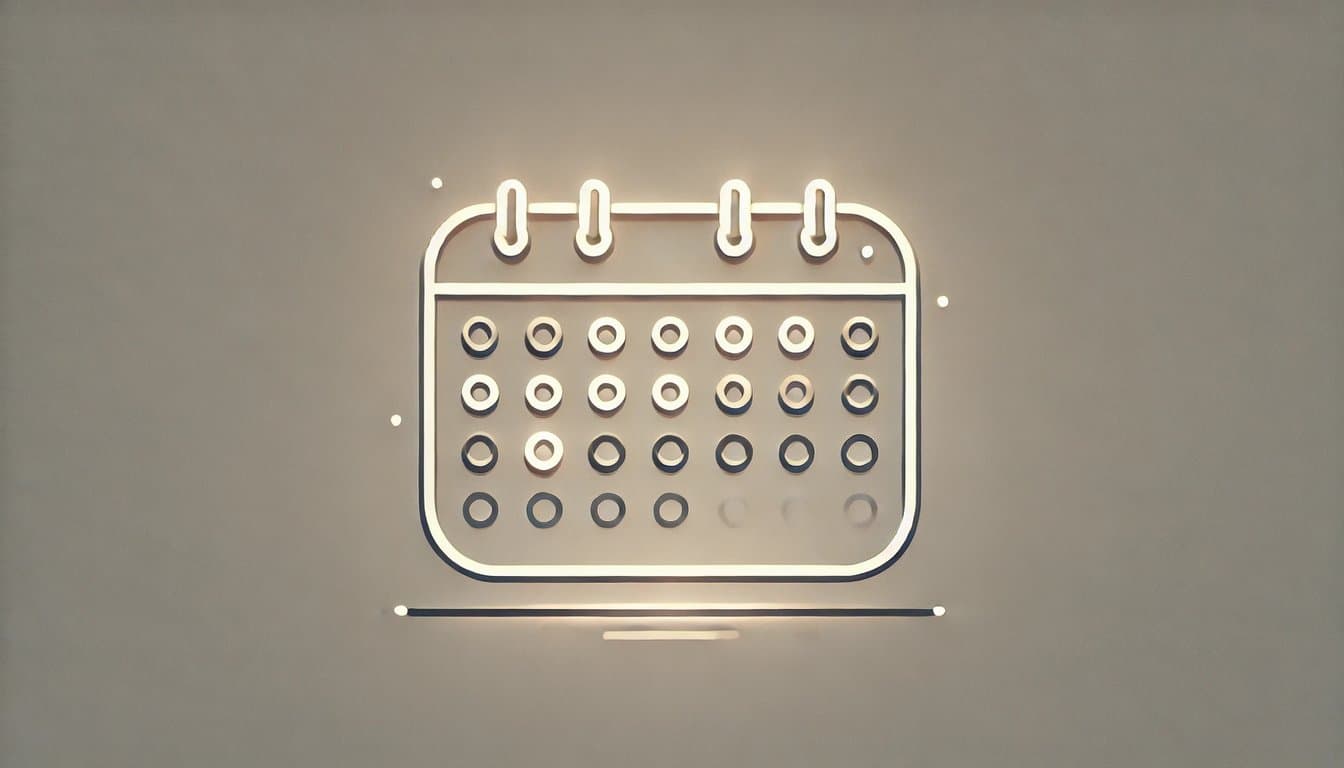There was a time when I thought lifting heavy—always heavier—was the name of the game. I’d add another plate, grit my teeth, and hoist, shoulders hunched, elbows flared, joints screaming. It felt like progress, but it was really just me wrestling with physics while my tendons took the beating. My elbows, knees, wrists, shoulders, and even ankles were sending frantic SOS signals. The result? Sure, I had numbers to brag about, but inside, I felt like a badly oiled machine about to break down.
The Aha Moment: Less Weight, More Focus
In a moment of gym-floor clarity, I decided to try something radical: lighten up. Instead of forcing out reps with questionable form, I honed in on the specific muscles I wanted to target. I turned “mind-muscle connection” from a buzzword into a real practice. Suddenly, the stress shifted—off my joints and onto the actual muscles I intended to train. The result wasn’t immediate superhero-level strength, but it was surprisingly validating. As my technique improved, each set felt more meaningful. I wasn’t just going through the motions; I was controlling them.
Repair vs. Growth—What’s Really Happening?
One big insight that clicked: if you push with bad form and overload your joints, your body prioritizes healing the damage you’ve done to tendons and ligaments. That’s not the kind of “repair” you’re hoping for if your goal is muscle hypertrophy. If all your resources go into patching up structural issues, where’s the room for real, quality muscle growth? It’s like constantly fixing potholes in your driveway instead of upgrading the whole street.
By scaling back and focusing on proper execution, I now give my body the right challenge. My recovery time actually supports muscle growth, not emergency maintenance of battered connective tissues. The result? Fewer aches, more gains, and workouts that feel like they’re building me up rather than breaking me down.
Consistency: The Unsung Hero of Fitness
One of the best benefits of ditching ego lifting is that I’m not sidelined by lingering joint pain every other week. Without these mini-injuries, I show up more consistently. And consistency, as we all know, is the real MVP in fitness. Regular training means I’m stacking small improvements on top of each other like healthy bricks, building a structure that’s strong and sturdy. Over time, this steady progress beats any short-lived PRs earned at the expense of joint health.
Embracing a Little Bit of Fear
Don’t get me wrong: I haven’t turned my workouts into a stroll in the park. There’s still a healthy dose of discomfort when I’m about to tackle a challenging set. A little fear, a bit of anxiety—that’s good. It means I respect the weight, the movement, and the skill involved. It keeps me on my toes, ensures I stay dialed into my form, and prevents me from drifting back into bad habits. The difference is that this tension isn’t about ego. It’s about controlled, purposeful effort.
Mental Models to Keep You Centered
Over time, I’ve collected a few guiding ideas (with a wink and a nod) to keep me on track:
• “Leave Your Ego at the Door (It Doesn’t Lift Anyway).”
A quick reminder that showboating with heavy weights usually means sloppy form and sore joints, not heroic gains.
• “Muscles Want a Gentle Nudge, Not a Joint Hostage Situation.”
Instead of holding your body parts hostage under brutal load, guide them with focused tension and proper movement.
• “Form is Like a Good Joke—If You Have to Force It, It’s Not Working.”
Smooth, controlled reps trump ugly grind-fests any day.
• “If You’re Still Standing Upright, You’re Winning the Long Game.”
Injury-free training sessions today mean you can train tomorrow—and next year, and the year after that.
• “Minimum Effective Dose = Maximum Chill for Your Joints.”
Find the least amount of stress needed for growth. Your elbows will thank you.
• “Don’t Out-Bench Your Body’s Whispers.”
If something’s complaining quietly, listen now. Better a slight adjustment than a painful lesson later.
• “Train Like You Want to Still Be Doing This at 80.”
Because nobody dreams of hobbling around the gym in constant pain.
• “Quality Reps Are the VIP Pass to Gains Town.”
Crisp form gets you into the hypertrophy party without standing in line forever.
Where I’ve Ended Up
This journey has shifted my focus from beating personal records at any cost to seeing the big picture. I want sustainable progress, not fleeting bragging rights. By reducing the weight, dialing in my form, feeling the muscle, and respecting the load, I’ve found a groove that lets me progress without hitting speed bumps of constant joint pain.
So, if you’re tired of wincing every time you hit the weights, give this approach a try. Slow down, lighten up, and tune in. You might just find that you come back stronger, healthier, and—yes—happier with your long-term gains. After all, isn’t the whole point to get stronger and feel better? Turns out, that’s a lot easier without a banged-up body telling you otherwise.



